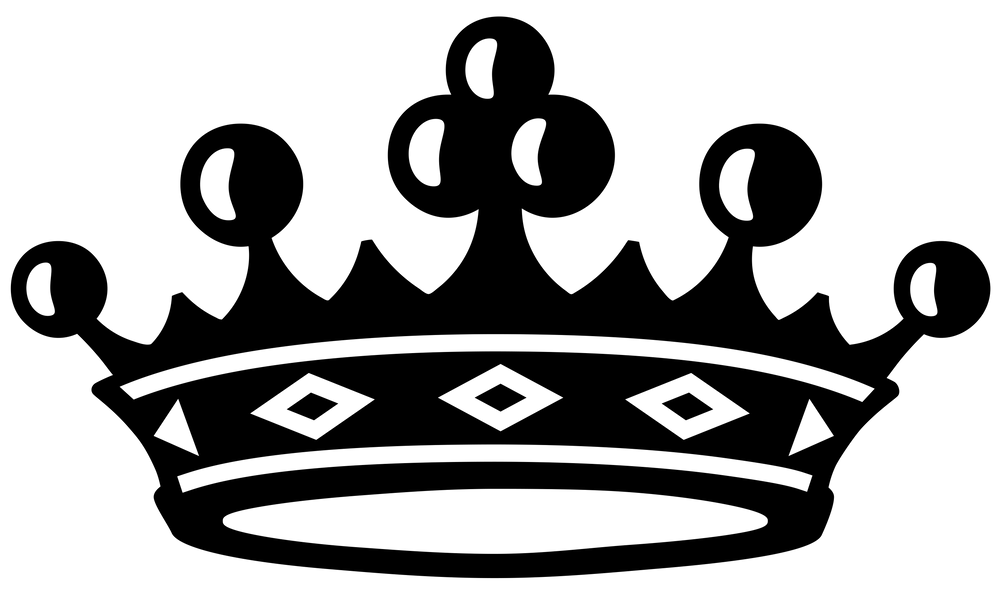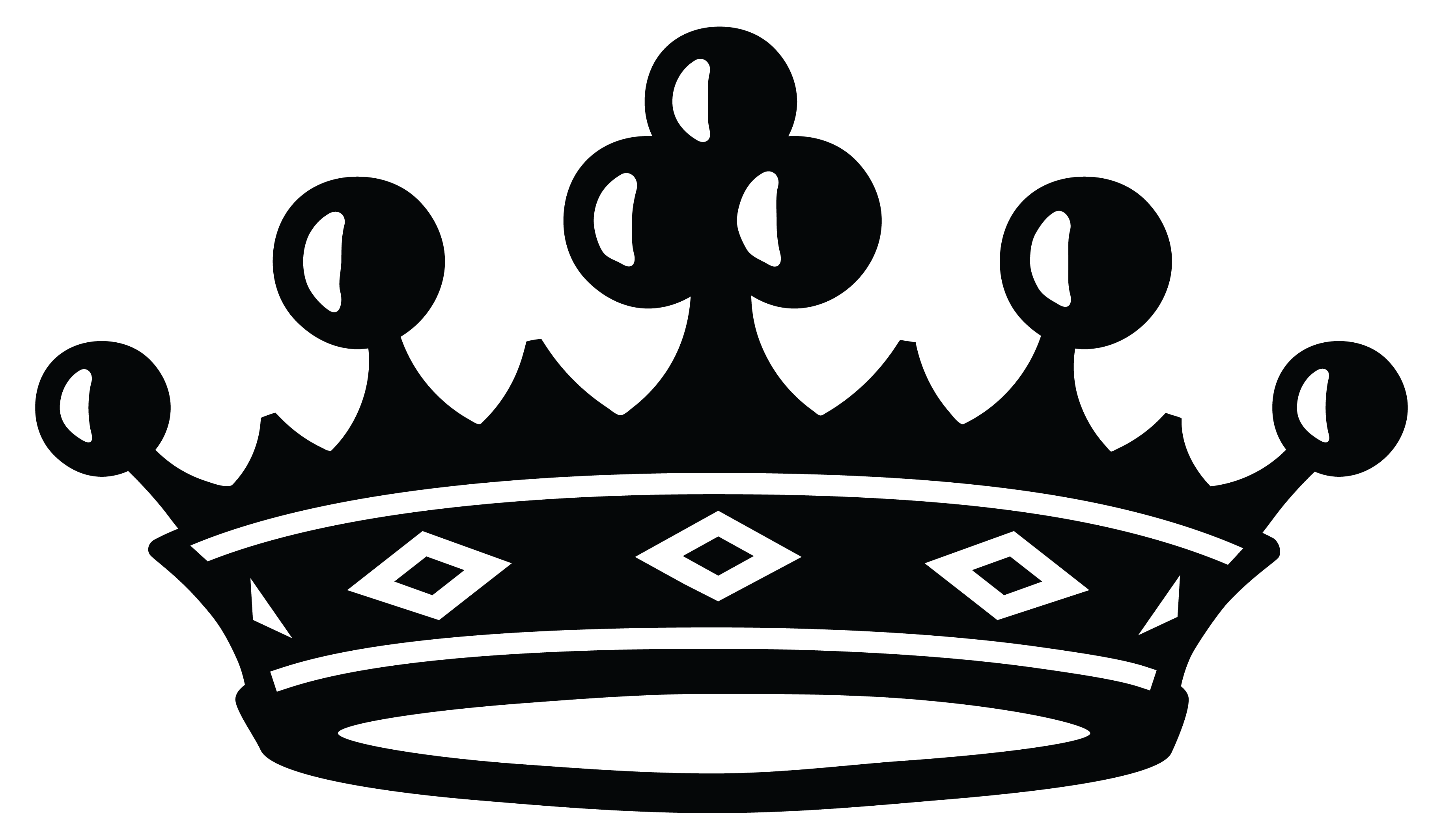When you start off with a large work it's a broad neutral kind of space that you respond to. My initial action starts with setting certain analytic limitations, some marker that activates the surface for me. I approach my references - found compositions, patterns or grids - in the way that one would look at a text. I will attempt to read it and translate it and I will start in the way that you would with text, top left.
I read the lines, and quite often it is very dense, very abstract, perchance lines of found patterns or pieces of cloth or lines on a gridded piece of paper. I allow my eyes to decipher and create some sort of map for something that is almost impossible to decipher, it involves a super focused state of repetition, constant measurement and calculation. I get huge joy from that.
There's a point where the mark is no longer just a direct transcription of a referent, it's not so much about that, I merely use it as a kind of an excuse to activate the flow of line. It involves a way of looking ‘through’ the line.
Maja: As a female artist, I think is important to find the moment where you are in a pure conversation with yourself in whatever context you can, as an artist, as a woman, as a mother. I’ve actually been more productive since having children than before, since having my daughters, an hour is not just an hour.
You can do an amazing amount of work in an hour. My mother is an artist and one of my earliest memories is sitting on my mother's back while she was painting. I cherish that memory, it is remarkable that I have this connection to my mother's creative joy through the movement of her body, not vacuum cleaning, or washing clothes, but painting. In return, I hope to have offered the same cadence to my babies.










